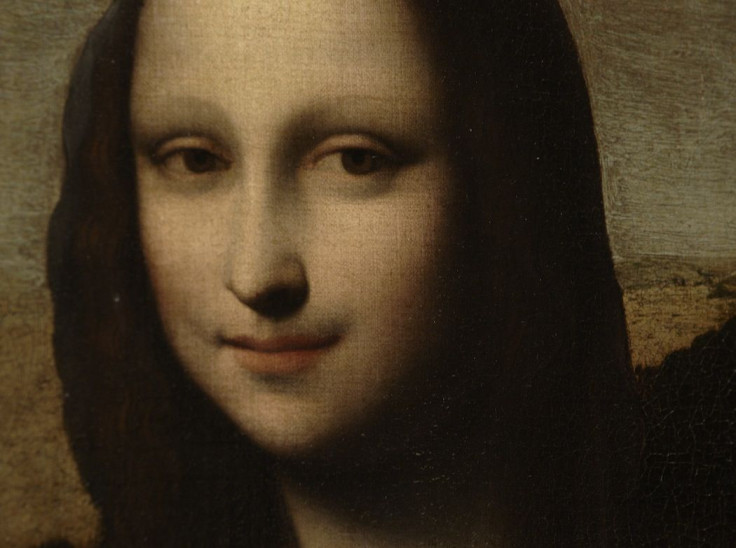Skeleton of the Woman Behind the Mysterious 'Mona Lisa Smile' Discovered

The Mona Lisa mystery that has long perplexed the art world is about to be revealed, according to a group of Italian art historians and archaeologists believed to have discovered the remains of the woman who captivated the world with her enigmatic smile.
Researchers said that they have unearthed the famous model who was featured in the Leonardo da Vinci's "Mona Lisa," otherwise known as "La Gioconda".
After several false alarms, the researchers believe they have finally uncovered Lisa Gherardini, the second wife of wealthy Florentine silk merchant Francesco del Giocondo, at the burial site in the abandoned Convent of Saint Ursula located in central Florence, Italy.
Team leader Silvano Vinceti, a former TV producer, and his team are attempting to exhume and identify Gherardini's remains by sending the bones to universities in Italy and abroad for researchers to compare against the DNA of two confirmed relatives of Gherardini.
Researchers said that once they have identified the remains, they will then be able to reconstruct the face of the famous merchant's wife.
"Once we identify the remains, we can reconstruct the face, with a margin of error of 2 to 8 percent," Vinceti told CNN. "By doing this, we will finally be able to answer the question the art historians can't: Who was the model for Leonardo?"
Art experts have argued for centuries over the identity of the woman who posed for da Vinci's 77 by 52cm (30 by 31 inches) Mona Lisa painting.
According to many modern art historians, the lady depicted in the Mona Lisa was Lisa del Giocondo, who became a nun after her husband's death. She is believed to have died at the age of 63 in the convent on July 15, 1542.
However, Vinceti is skeptical that the painting that now hangs in the Louvre in Paris is of her or just depicts some of her features.
"When Leonardo began painting the model in front of him, he did not draw that metaphysical, ironic, poignant, elusive smile, but rather he painted a person who was dark and depressed," Vinceti explained, according to CNN.
Vinceti believes that the famed smile was actually added later, and may have actually belonged to da Vinci's longtime assistant Gian Giacomo Caprotti, who was also rumored to have been his lover. Other experts suspect that the "Mona Lisa" may have even been a self-portrait.
Archeologists began digging at Saint Ursula convent last year. After they found a crypt they believe to have been Lisa's final resting place, they soon uncovered a female human skull five feet under the convent's original floor along with other fragments of human ribs and vertebrae.
"We don't know yet if the bones belong to one single skeleton or more than one," Vinceti said. "But this confirms our hypothesis that in St. Ursula convent there are still human bones and we cannot exclude that among them there are bones belonging to Lisa Gherardini."
While several skeletons have been previously discovered in the abandoned convent, researchers believe the latest discovery is lucky one they have been looking for.
"This is a very exciting development and the find is consistent with our records and our preliminary research," Vinceti said. "The crypt we have found is the one that was mentioned in church records from 1495 and was reached via a grate and then a staircase. We also know from those records that in 1625 there was a second crypt and these are the ones we have found."
Published by Medicaldaily.com



























